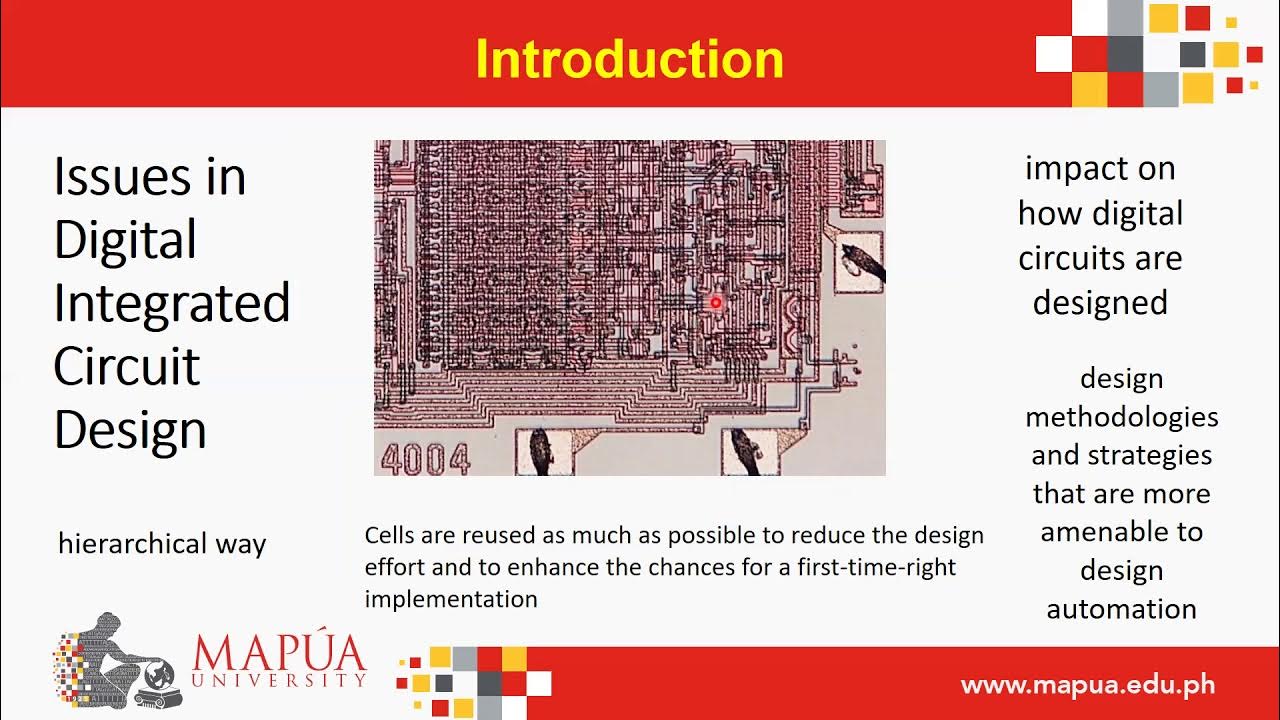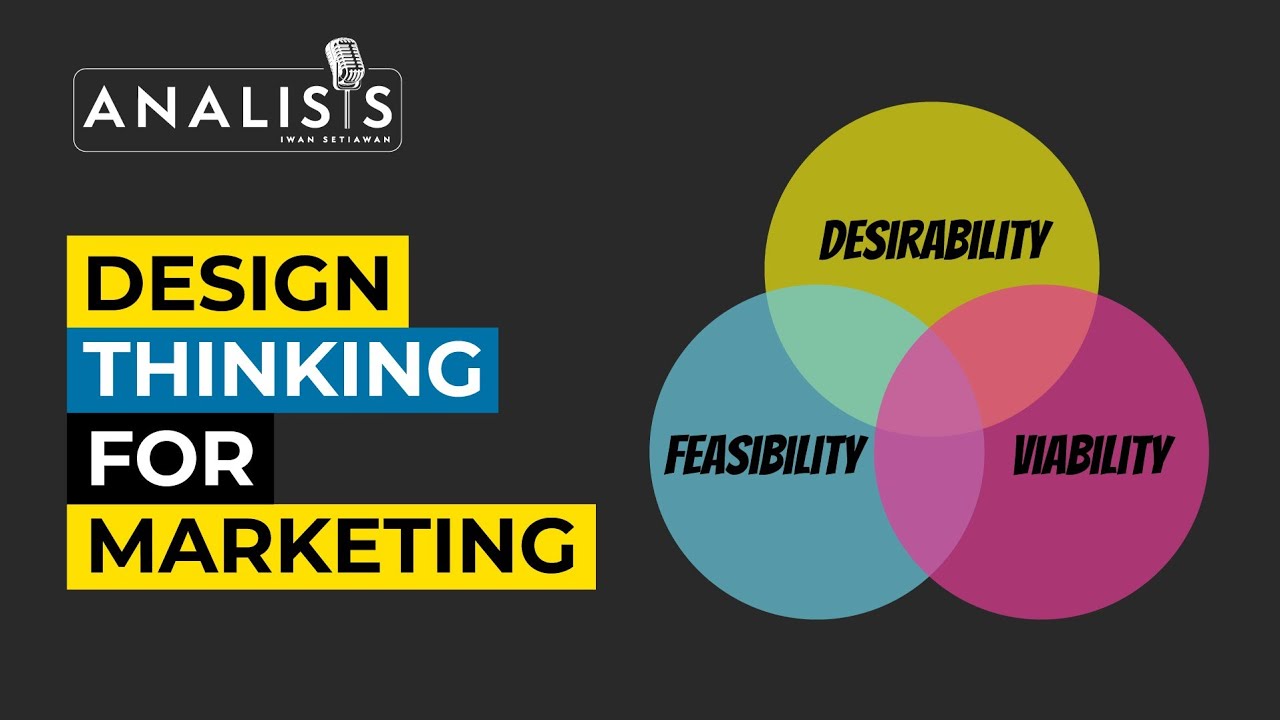TAU050 Inovação Parte 1
Summary
TLDRThis video discusses the concept of technological innovation and its impact on design, focusing on the challenges of controlling uncertainties in the design process. The speaker explores how technological progress and innovations, such as mass production and the introduction of new materials, have shaped industries like clockmaking and sewing machines. Through historical examples, the speaker illustrates how these innovations revolutionized production processes and consumer behavior, emphasizing the importance of understanding the limits of control in design and the unpredictable nature of technological advancements in today's society.
Takeaways
- 😀 Designers aim to control the design process, but some knowledge and factors are beyond their control, such as technological innovation, systemic complexity, and user behavior.
- 😀 Technological innovation is a powerful force in shaping society, influencing both consumer behaviors and manufacturing processes.
- 😀 According to Joseph Schumpeter, innovation is defined as the successful industrialization of an invention that has market acceptance.
- 😀 Technology encompasses a broad range of applications, including scientific, technical, and organizational systems, beyond just digital or IT-related advancements.
- 😀 Progress in technology often leads to societal shifts, such as industrialization, mass production, and changes in everyday life.
- 😀 The development of interchangeable clock gears in the 18th century exemplifies how technological innovations can lead to major advancements in production and consumption.
- 😀 The evolution of sewing machines, particularly Isaac Singer’s innovations, demonstrates how technological advancements can change the way products are manufactured and sold, especially through credit sales.
- 😀 Typewriter evolution from 1870s to the 1900s highlights how design shifted from decorative to functional, with more emphasis on practicality for office environments.
- 😀 Innovation in manufacturing, such as mass production methods, has historically allowed for a greater range of product offerings to meet diverse consumer preferences.
- 😀 The shift from handmade to machine-made products, such as watches, sewing machines, and typewriters, illustrates the impact of technological progress on product design and societal norms.
- 😀 Designers must be aware of the limitations of controlling the design process, as unpredictable innovations and user behaviors can influence outcomes in unexpected ways.
Q & A
What does the speaker mean by 'knowledge of confrontation' in the context of design?
-The speaker refers to 'knowledge of confrontation' as knowledge that becomes an obstacle in achieving complete control over the design process. It represents elements that cannot be controlled, such as technological innovations, systemic complexity, and user appropriation of products.
How does the speaker define technological innovation?
-Technological innovation, according to Joseph Schumpeter, involves industrializing a discovery and successfully introducing it to the market. It requires that new ideas or products are not only created but also successfully accepted and implemented in the market.
What are the three main factors that the speaker identifies as uncontrollable in the design process?
-The three uncontrollable factors are technological innovation, systemic complexity, and the appropriation of products by users. These factors can influence the design process in ways that are beyond the designer's control.
What is the role of technology in shaping society, as described in the script?
-Technology, beyond just being associated with computers or IT, is seen as the application of scientific and technical knowledge to production processes. It influences various aspects of society, including industry, organizational systems, and even everyday life, by enabling mass production and simplifying tasks.
How does the speaker explain the impact of technological progress on consumption?
-Technological progress, particularly through industrialization, revolutionized consumption by allowing mass production of goods. Innovations like machinery and the ability to produce at scale made products more accessible to a wider range of people, thereby altering societal consumption patterns.
What is the significance of 'industrialization' in the context of technological progress?
-Industrialization, although controversial from environmental and social perspectives, played a critical role in simplifying daily life by enabling the mass production of goods. It allowed for the widespread availability of products and contributed to advancements in societal development.
Can you give an example of early technological innovation in the manufacturing of clocks?
-An early example is from 1729, when Kristoff Pólen applied water power to machine processes to produce interchangeable gears for clocks. This was a significant step toward simplifying the production of clocks and improving their precision.
How did the technological progress in clock manufacturing evolve over the years?
-In the early 19th century, gears for clocks were made from wood. Over time, technological progress led to the use of metal gears, which were lighter and more efficient. This progress continued with the mass production of clocks and their subsequent commercialization, allowing for greater variety and accessibility.
What innovation in the textile industry is highlighted in the script?
-The speaker highlights Isaac Merritt Singer's invention of a mechanical sewing machine in 1844, which revolutionized the textile industry. Singer's innovation, combined with commercial innovations like credit sales, made sewing machines widely accessible and transformed the manufacturing of textiles.
How did the design of sewing machines evolve over time?
-The design of sewing machines evolved from a simple, functional mechanism to more ornate and aesthetically detailed models in the late 19th century. Over time, the focus shifted from decorative designs to more functional, user-oriented designs, reflecting changes in both technology and consumer expectations.
Outlines

このセクションは有料ユーザー限定です。 アクセスするには、アップグレードをお願いします。
今すぐアップグレードMindmap

このセクションは有料ユーザー限定です。 アクセスするには、アップグレードをお願いします。
今すぐアップグレードKeywords

このセクションは有料ユーザー限定です。 アクセスするには、アップグレードをお願いします。
今すぐアップグレードHighlights

このセクションは有料ユーザー限定です。 アクセスするには、アップグレードをお願いします。
今すぐアップグレードTranscripts

このセクションは有料ユーザー限定です。 アクセスするには、アップグレードをお願いします。
今すぐアップグレード5.0 / 5 (0 votes)






